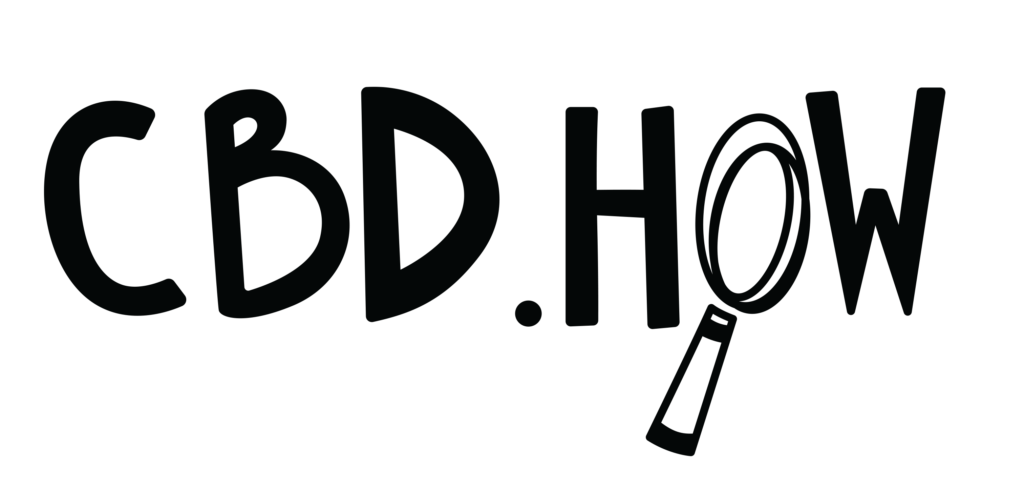As someone who makes CBD coffee every morning, I know how important that first cup of joe is for most of you. One of the popular questions that we get asked is “Is there actual CBD in the coffee and tea?” The answer is yes. However, the bigger question is does CBD remain after brewing CBD Coffee & CBD Tea? We are grateful to have partnered with Veronica and Todd of Griffin and Griffin Analytical Associates on finding out if CBD remains after brewing both CBD coffee and CBD tea.
From our own unbiased lab testing, we found out that CBD coffee such as Buddhabeans Coffee Co coffee products does contain cannabinoids. The CBD in the tea bags from Lagom Balance Earl Grey Tea, however, was found to contain 10x lower than advertised.
Analysis of CBD and Other Cannabinoids in CBD Coffee and Infused Drinks
The rapid increase in the popularity of consumer-based products has been made possible by
quickly changing regulatory positions on cannabis and hemp. The decriminalization,
legalization, and 2018 Farm Bill have all emboldened entrepreneurs to bring innovative
consumer products to the market.
The lack of regulatory oversight or even self-governance of the community has meant that testing and best practices have lagged. The need to evaluate both the potency and efficacy is a large part to build customer confidence and ensure the long-term viability of the cannabis market.
While potency has been on the rise as new and reliable test methods are developed, efficacy testing is more difficult. In this study, we investigate two drink products to evaluate the potency and efficacy of the delivery method.
Specifically, tea bags that contain hemp buds and coffee beans that contain hemp. We want to understand the number of cannabinoids present in the product and how much of those are being consumed by brewing.
Goals:
- Measure the potency claims of each product: Determine the number of cannabinoids in the product and compare it to the label claims.
- Evaluate the efficacy of the delivery method: Determine the number of cannabinoids in the brewed product and compare it to what is expected.
Method:
The coffee sample was prepared by grinding the entire bag (~57g) of the coffee beans to ensure homogeneity. Approximately 1.25g of the ground CBD coffee was analytically weighed and placed into a 50 mL centrifuge tube along with 20 mL of HPLC grade methanol. The sample was vortexed for 1 minute, allowed to sit for 15 minutes, and vortexed for an additional minute.
Approximately 1 mL of the methanol extract was filtered using a 0.45-micron syringe filter into an HPLC sample vial. The contents of an entire teabag were ground for homogeneity and weighed into a centrifuge tube. As before, 20 mL of methanol was added and the sample was vortexed and filtered as mentioned above.
Once the CBD tea and coffee were brewed, the ground coffee and filter were left to dry. After brewing the tea, the contents were removed from the teabag and allowed to dry. The teabag was also retained and allowed to dry. Once dry, the tea was ground as before. The ground coffee and tea were then extracted as mentioned above to see if any cannabinoids remained on the product after brewing.
Results of brewing CBD Coffee and CBD Tea:
The brewed samples were then analyzed and compared to the expected value. The expected value is again assuming total cannabinoid content. No cannabinoids were detected. The limit of detection is 1 microgram per milliliter. Since cannabinoids are not very soluble in water, the process of brewing is not an effective way to transfer from the coffee grounds or tea bag to the brewed product.
To confirm, the brewed coffee grounds and tea were allowed to dry and then reanalyzed via the extraction method mentioned above. The coffee tested at 98% of the sample that was not brewed. This confirms that the cannabinoids are not being “extracted” from the coffee during the brewing process.
Study courtesy of Veronica R. Griffin, Bevon Findley, M. Todd Griffin, Griffin, and Griffin Analytical Associates, and CBD.How
Results in PDF format:
- Analysis of CBD and Other Cannabinoids in Infused Drinks White Paper Study
- Pittcon 2020: Analysis of Cannabis-Infused Food and Drink Products
References:
- Extraction & HPLC methods developed based off of papers from the Association of Analytical Chemists (AOAC) & American Society for Testing and Materials (ASTM International)
- Brewing Methods based off of recommendations from National Coffee Association USA (NCAUSA), Dilma School of Tea, & World Associations of Chefs Societies
- Samples provided by CBD.how
